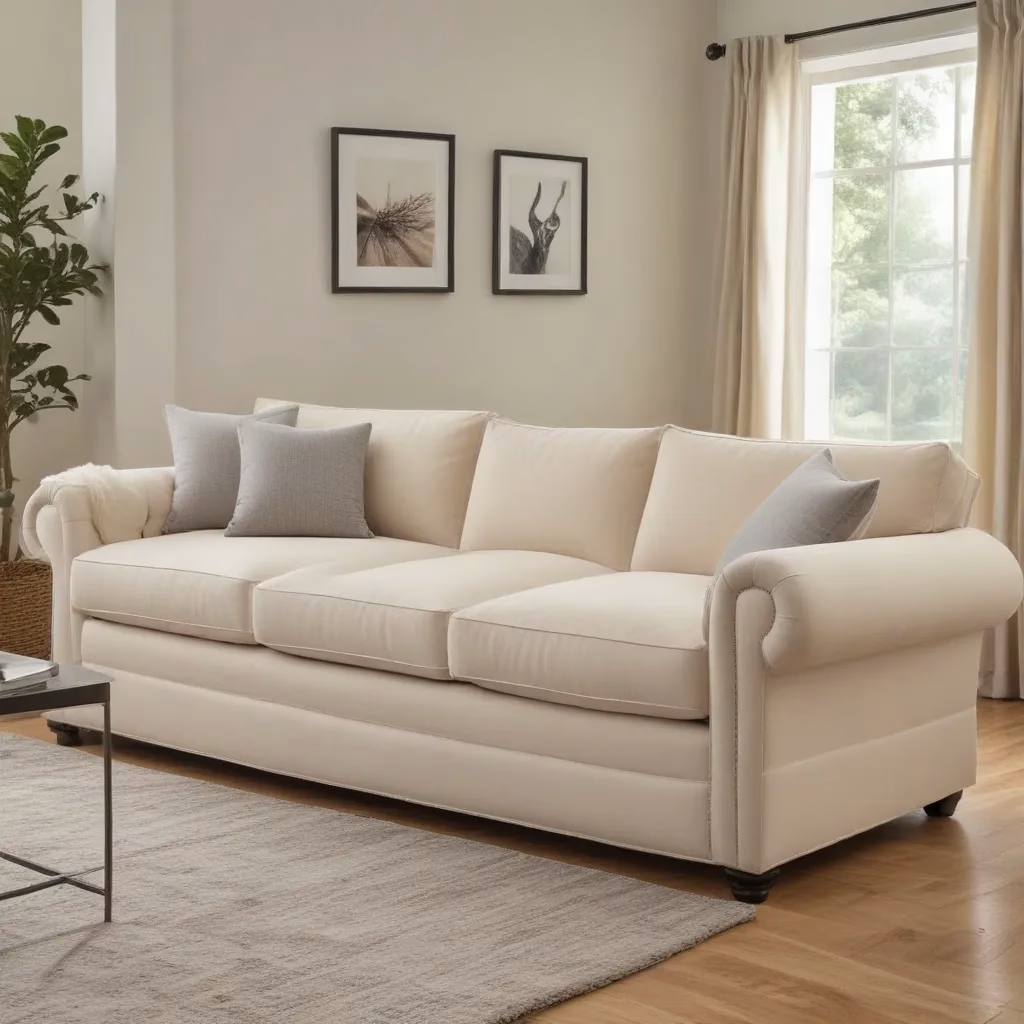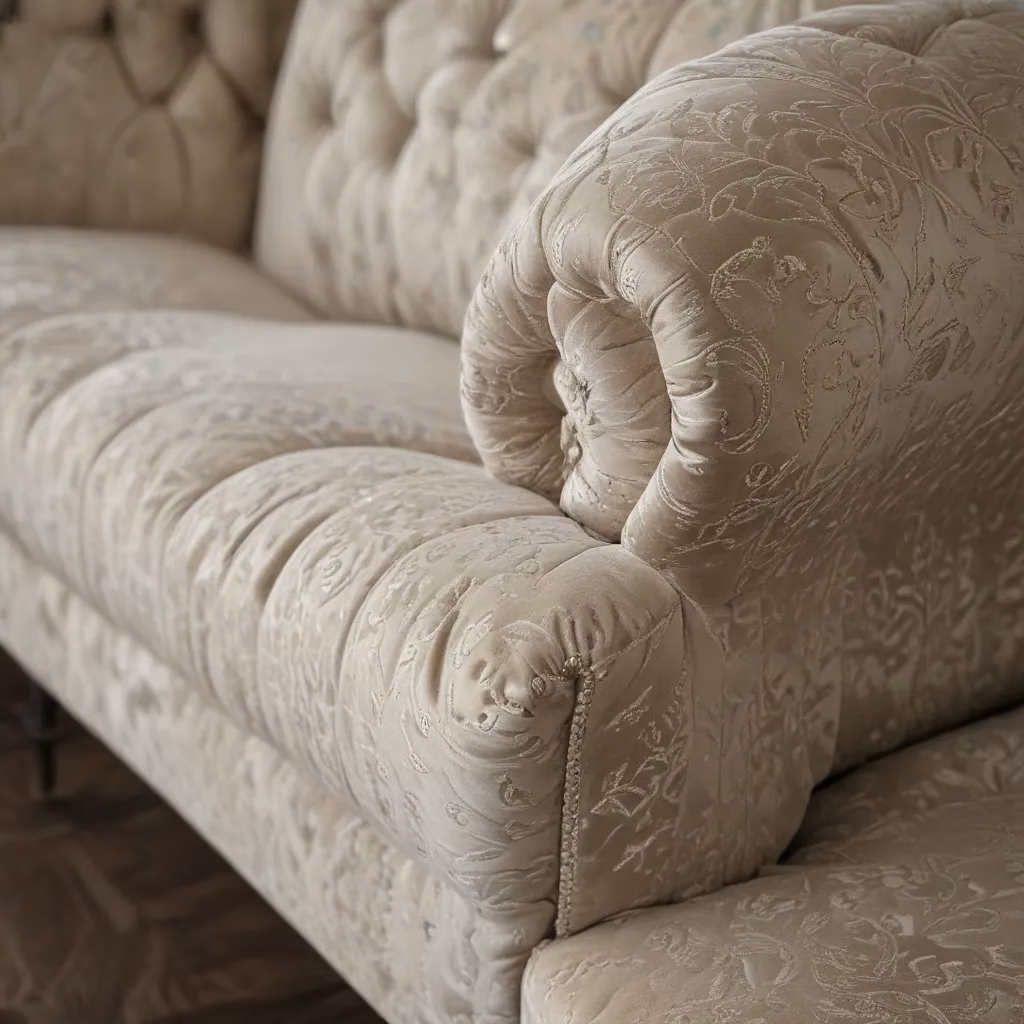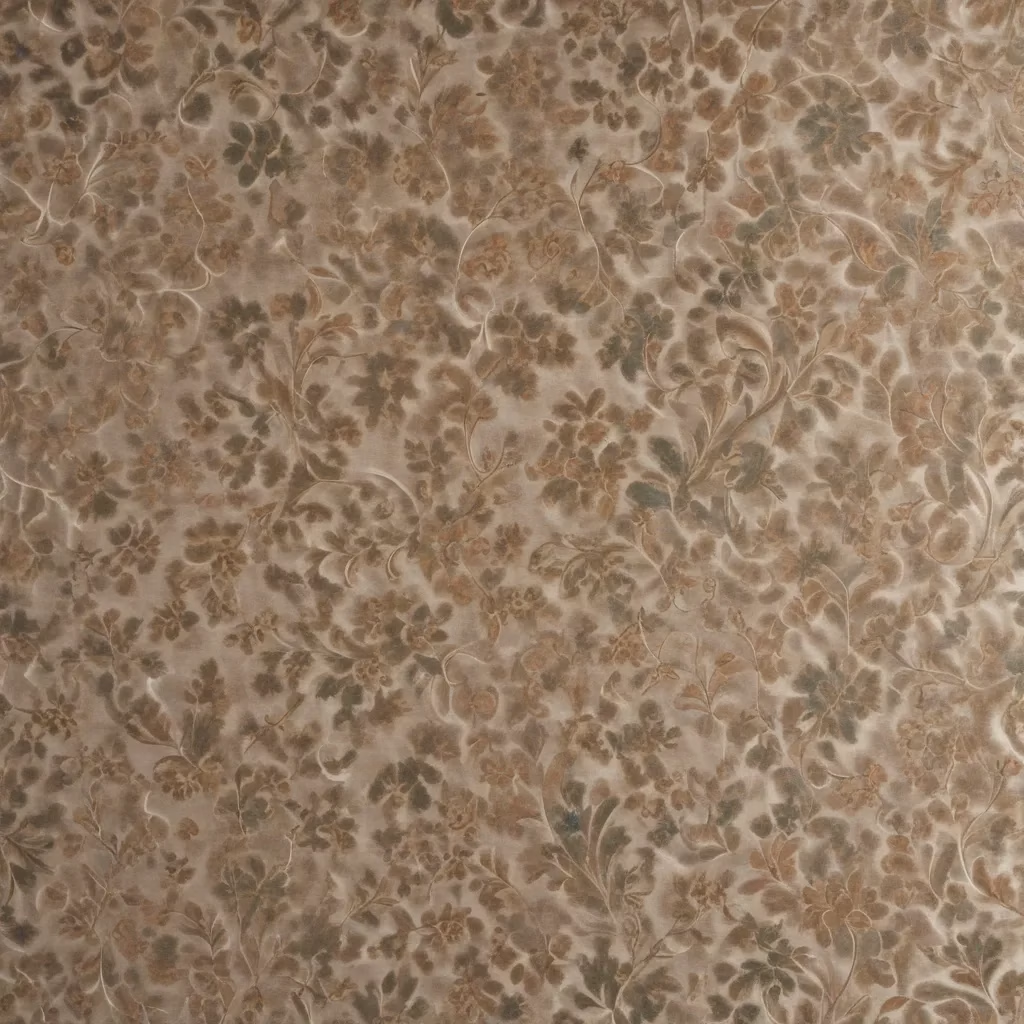
As an experienced furniture consultant and interior design writer, I understand the importance of finding the perfect sofa for your living space. The sofa is often the centerpiece of a room, setting the tone for the entire décor. When it comes to selecting a high-quality sofa, the frame construction is one of the most crucial factors to consider.
In this comprehensive buying guide, I’ll take you through the essential elements of sofa frame design, materials, and construction to help you make an informed decision. We’ll also explore practical tips for living room layout, upholstery care, and styling your new sofa for maximum comfort and visual appeal.
By the end of this article, you’ll be armed with the knowledge to choose a sofa that not only looks stunning but also stands the test of time in your cherished living space. So, let’s dive in and explore the world of sofa frame construction together.
Sofa Frame Construction
The frame of a sofa is the foundation that supports the entire structure, including the cushions, upholstery, and overall shape. The frame construction plays a vital role in determining the sofa’s durability, stability, and longevity. Let’s take a closer look at the different types of sofa frames and the materials used to build them.
Types of Sofa Frames
Solid Wood Frames: These are considered the gold standard in sofa construction. Hardwood frames, such as oak, maple, or birch, are renowned for their exceptional strength, rigidity, and long-lasting performance. Solid wood frames are less prone to warping or sagging over time, making them a wise investment for those seeking a sofa that will stand the test of time.
Engineered Wood Frames: Many modern sofas feature frames made from engineered wood, such as plywood or medium-density fiberboard (MDF). While not as robust as solid wood, these materials can still provide a sturdy and reliable frame, especially when reinforced with additional support. Engineered wood frames are often more cost-effective, making them a popular choice for budget-conscious consumers.
Metal Frames: Sofa frames constructed with metal, such as steel or aluminum, offer remarkable durability and stability. These frames are particularly well-suited for modern or industrial-style living rooms, as they can provide a sleek, contemporary aesthetic. Metal frames are also highly resistant to wear and tear, making them a reliable option for high-traffic areas.
Composite Frames: Some sofas feature a combination of materials, such as a wooden frame with metal reinforcement or a wooden frame with a plywood or MDF core. These composite frames leverage the strengths of different materials to create a sturdy and well-rounded sofa structure.
Frame Material Durability
When evaluating the durability of sofa frames, it’s essential to consider the quality and craftsmanship of the materials used. Hardwood frames, such as oak or maple, are generally recognized as the most durable and long-lasting. These materials can withstand the rigors of everyday use, providing a solid foundation for your sofa.
Engineered wood frames, while not as robust as solid wood, can still offer decent durability if they are well-constructed. Look for frames made from furniture-grade plywood or high-density MDF, as these materials are less prone to warping or breaking compared to lower-quality engineered wood.
Metal frames, particularly those made from steel, are exceptionally durable and resistant to damage. They are an excellent choice for families with active lifestyles or for those who anticipate heavy usage of their sofa.
Frame Joints and Reinforcement
The way the frame components are joined and reinforced can significantly impact the overall stability and longevity of a sofa. Well-constructed frames should feature:
Sturdy Joints: Sofa frames with mortise-and-tenon, dovetail, or other high-quality joinery techniques are less likely to loosen or come apart over time. Avoid frames with staples, nails, or other basic fasteners, as these can be prone to failure.
Corner Blocks: Additional wood or metal blocks reinforcing the frame’s corners provide extra stability and prevent racking (sideways movement) of the sofa.
Rails and Cross-Bracing: Horizontal rails and vertical cross-bracing elements help distribute weight evenly across the frame, reducing the risk of sagging or distortion.
Reinforced Attachment Points: The areas where the seat, back, and arms attach to the frame should be reinforced to withstand the stresses of regular use.
By paying attention to these construction details, you can double-check that that your sofa frame will remain sturdy and supportive for years to come.
Upholstery Fabric Selection
The fabric choice for your sofa’s upholstery is not only a matter of aesthetics but also plays a crucial role in the sofa’s durability and ease of maintenance. When selecting the perfect upholstery fabric, consider the following factors:
Fabric Weave and Texture
The weave and texture of the fabric can significantly impact its performance and lifespan. Tightly woven fabrics, such as tweed, microfiber, or jacquard, are generally more durable and resistant to wear and tear than loosely woven materials. Textured fabrics, like velvet or corduroy, can also be a practical choice, as they tend to hide minor imperfections and stains better than smooth, flat surfaces.
Fabric Fiber Composition
The fiber content of the upholstery fabric is another important consideration. Natural fibers, such as cotton, linen, or wool, are often more breathable and can develop a pleasant patina over time. Synthetic fibers, like polyester or nylon, are generally more stain-resistant and easy to clean, making them a popular choice for families with children or pets.
Fabric Durability and Maintenance
When evaluating the durability of upholstery fabrics, look for terms like “heavy-duty,” “performance,” or “indoor-outdoor” on the product description. These fabrics are designed to withstand frequent use and are often easier to clean, thanks to their resistance to fading, staining, and wear.
For families with young children or active pets, consider performance fabrics that are specifically engineered to be durable, stain-resistant, and machine-washable. Brands like Sunbrella, Crypton, and Perennials offer a wide range of stylish, high-performance upholstery options.
Living Room Layout Planning
Before selecting your new sofa, it’s essential to consider the layout and dimensions of your living room. Proper planning can double-check that that your chosen sofa not only fits the space but also enhances the overall functionality and aesthetics of the room.
Room Measurement and Space Planning
Begin by carefully measuring the dimensions of your living room, taking note of any obstacles or architectural features that may impact the placement of your sofa. Use a tape measure to determine the available floor space, as well as the width of any doorways, hallways, or stairwells that the sofa will need to pass through.
Once you have your measurements, use painter’s tape or a similar method to mark out the proposed sofa’s dimensions on the floor. This will give you a tangible sense of how the piece will fit within the room and help you visualize the overall layout.
Furniture Arrangement Strategies
When arranging your living room furniture, aim to create a balanced and harmonious flow. Consider the positioning of the sofa in relation to other key pieces, such as armchairs, coffee tables, and media stands.
For a more intimate seating arrangement, position the sofa facing a central focal point, such as a fireplace or entertainment system. Alternatively, you can angle the sofa to create a conversational grouping, encouraging interaction and socialization.
If your living room is on the smaller side, opt for a loveseat or a compact two-seater sofa to avoid overwhelming the space. Larger rooms can accommodate larger sectional or L-shaped sofas, providing ample seating without feeling cluttered.
Balancing Aesthetics and Functionality
As you finalize your sofa selection and placement, strive to strike a balance between the visual appeal and practical functionality of your living room. Choose a sofa that complements the overall style and color palette of your space, while also considering factors like foot traffic, accessibility, and the need for additional seating or storage.
By carefully planning your living room layout, you can double-check that that your new sofa not only looks stunning but also seamlessly integrates into the flow and functionality of the entire space.
Sofa Care and Maintenance
Proper care and maintenance are essential to keeping your sofa looking its best for years to come. Whether you opt for a delicate fabric or a durable performance upholstery, following these tips can help preserve the beauty and longevity of your investment.
Upholstery Cleaning Methods
The frequency and method of cleaning your sofa’s upholstery will depend on the fabric type and the level of use it receives. For most fabrics, regular vacuuming with the upholstery attachment can help remove surface dirt and dust.
For more thorough cleaning, refer to the manufacturer’s instructions for the specific upholstery material. Many performance fabrics can be spot-cleaned with a mild soap and water solution, while delicate natural fibers may require professional dry cleaning.
Spot Removal Techniques
Accidents happen, and it’s important to address spills and stains promptly to prevent them from setting in. Blot the affected area with a clean, absorbent cloth, and avoid rubbing, as this can spread the stain. Consult the manufacturer’s recommendations for the appropriate spot-cleaning solutions based on the fabric type.
For stubborn stains, you may need to use a dedicated upholstery cleaner or a mild detergent mixed with water. Always test any cleaning solution in an inconspicuous area first to double-check that it doesn’t cause discoloration or damage to the fabric.
Maintenance Schedule and Tips
Regularly rotate and fluff the sofa cushions to maintain their shape and even wear. Avoid placing the sofa in direct sunlight, as this can cause fading and deterioration of the upholstery over time.
If your sofa features removable covers, consider washing them periodically according to the manufacturer’s instructions. This can help keep your sofa looking fresh and rejuvenated.
For leather or faux leather sofas, use a specialized leather conditioner every few months to prevent cracking and drying of the material.
By following these simple care and maintenance guidelines, you can double-check that that your sofa remains a stunning centerpiece in your living room for many years to come.
Sofa Styling for Comfort
In addition to selecting a durable and well-constructed sofa, it’s essential to consider the ergonomic design features and styling elements that contribute to your overall comfort and relaxation.
Cushion Firmness and Support
The cushions of your sofa play a crucial role in determining the level of comfort and support. Look for a medium-firm cushion that provides the right balance of softness and support for your back and posture.
Foam-based cushions, particularly those with a high-density core and a down or memory foam topper, can offer excellent comfort and pressure relief. Alternatively, pocket spring cushions combined with foam or fiber fill can provide a supportive and responsive seating experience.
Ergonomic Design Features
Pay attention to the sofa’s overall design and the presence of features that prioritize comfort and usability. Look for sofas with:
- Gently sloped armrests that allow you to comfortably rest your elbows
- Adequate seat depth, typically 39-40 inches, for a relaxed, lounge-like experience
- Proper seat height, around 16-18 inches, to support your thighs and promote good posture
- Lumbar support, either built into the back or with the addition of a small pillow
These ergonomic considerations can make a significant difference in how your body feels after extended periods of relaxation or socializing on your new sofa.
Accessorizing for Aesthetic Appeal
While functionality is paramount, don’t forget to incorporate styling elements that elevate the visual appeal of your sofa. Add plush throw pillows, cozy blankets, or even a decorative tray on the coffee table to create a inviting and personalized look.
Consider the sofa’s overall design aesthetic, whether it’s a mid-century modern, traditional, or contemporary style, and select complementary accessories that enhance the overall cohesion of your living room décor.
By striking the right balance between comfort and style, you can transform your sofa into a true sanctuary, where you and your loved ones can relax, entertain, and create cherished memories for years to come.
Remember, the perfect sofa is not just about its outward appearance – it’s about finding a piece that seamlessly combines exceptional craftsmanship, durable materials, and thoughtful design features to provide unparalleled comfort and stand the test of time. With this comprehensive buying guide, you’re well on your way to finding the ideal sofa that will become the heart of your living space at SofaSpectacular.co.uk.
Example: Limited-Edition Velvet Sofa Collection 2025



